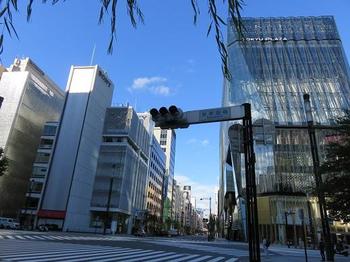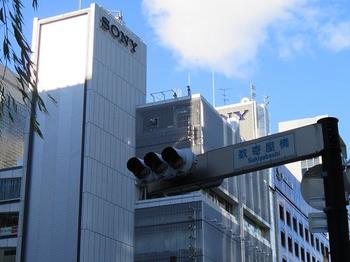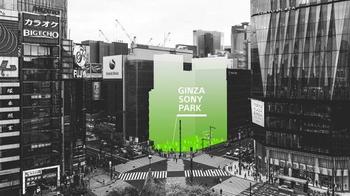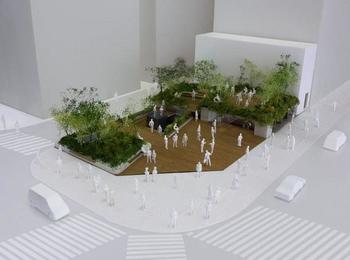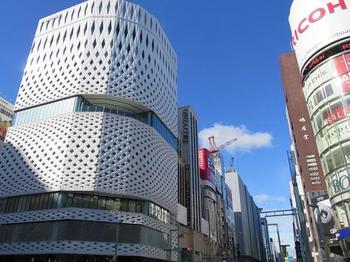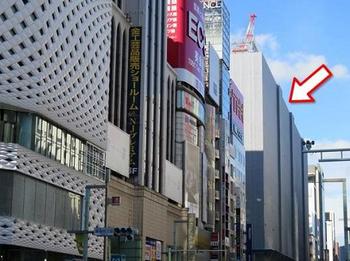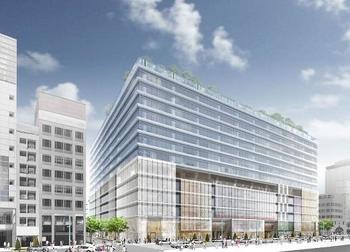![]() In the light rain, the green rooftop greening on the 9th floor of Ginza Mitsukoshi on the west side of Ginza Terrace is vivid.
In the light rain, the green rooftop greening on the 9th floor of Ginza Mitsukoshi on the west side of Ginza Terrace is vivid.![]()
From here ![]() in the photo below, you can see Wako's clock tower at this angle.
in the photo below, you can see Wako's clock tower at this angle.![]()
It is a lawn open space above the Ginza 4-chome intersection.![]()
In a corner of "Terrace Garden", which consists of a lawn open space and a planting space, there are Ginza Susei guardian of children and travelers and Sankai Shrine Ginza auxiliary shrine.![]()
Ginza Succession guardian of children and travelers is a guardian of children and travelers that is said to have been dug out from Sanjumabori at the beginning of the Meiji era.![]()
It was relocated to our office when Ginza Mitsukoshi was newly built in 1968.![]()
Miguri Shrine is said to be the guardian angel of the Mitsui family (the predecessor of Mitsukoshi).![]()
It is said that Kobo Daishi was built, and the soul of Ukayuki is enshrined.
The fact that the white fox went around sacred object of worship three times came to be called "Miguri"![]()
The color leaves of Hugh Kera and geranium in the planting space are also beautiful.![]()
Click here for the Ginza Mitsukoshi website. ⇒
https://mitsukoshi.mistore.jp/store/ginza/index.html
![]()
![]()
![]()
![]()
![]()
![]()
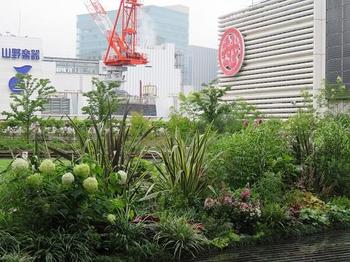
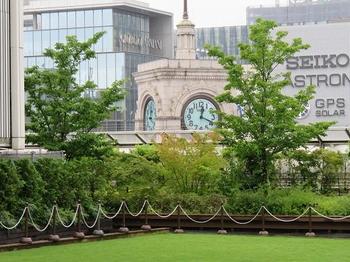
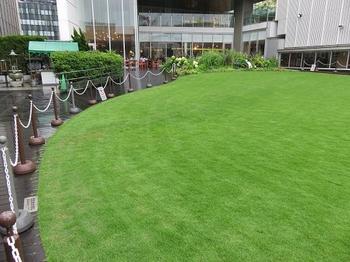
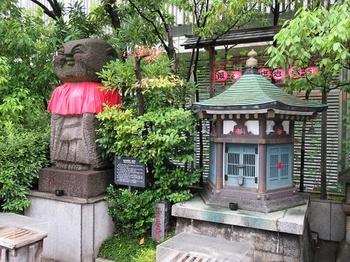
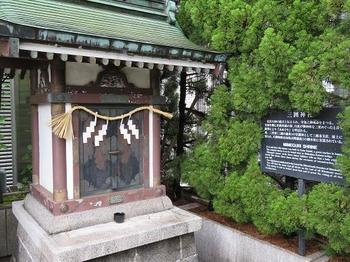
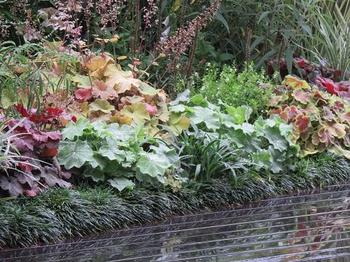
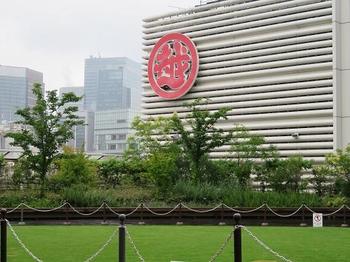
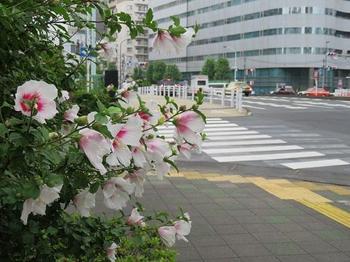
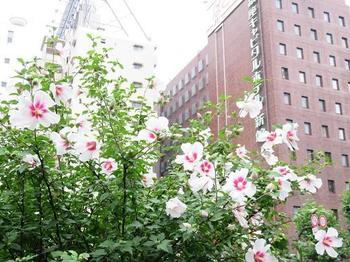
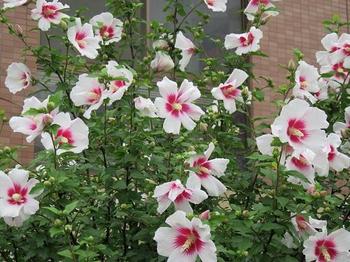
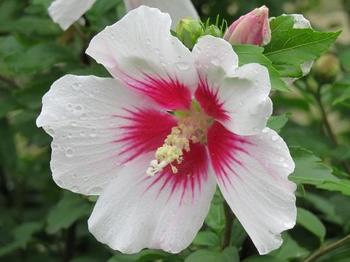
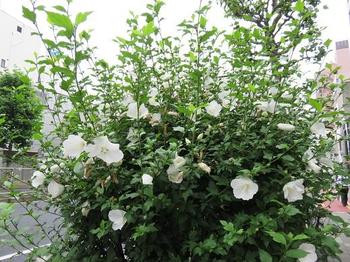
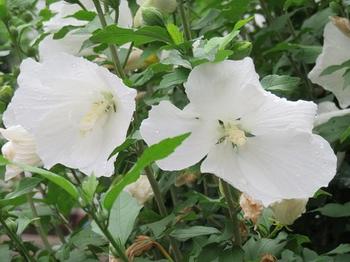
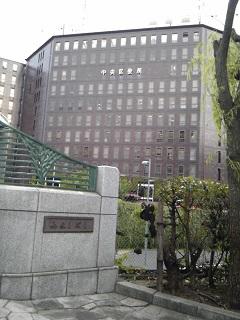
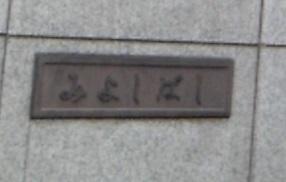 .
. My parents are busy with two birds.
My parents are busy with two birds.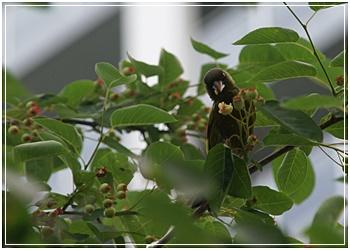
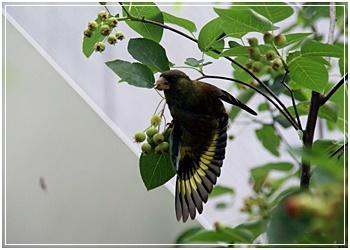 Both cars and buses come and go, leading to the Yaesu Exit of Tokyo Station.
Both cars and buses come and go, leading to the Yaesu Exit of Tokyo Station.
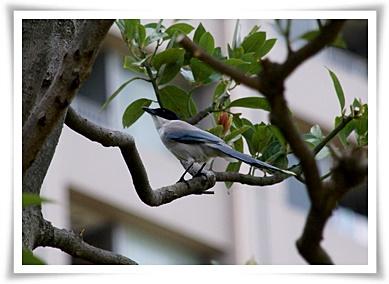 The black cap and the white accent of the long light blue tail feather is wonderful!
The black cap and the white accent of the long light blue tail feather is wonderful!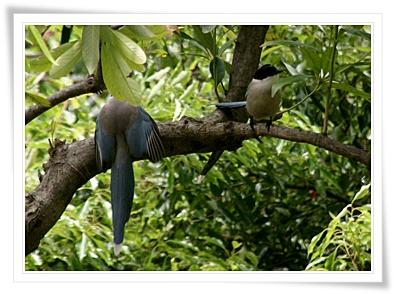 And strangely, since 1980, I can't see it here in West Japan.
And strangely, since 1980, I can't see it here in West Japan. If you hear it's guyy,
If you hear it's guyy,